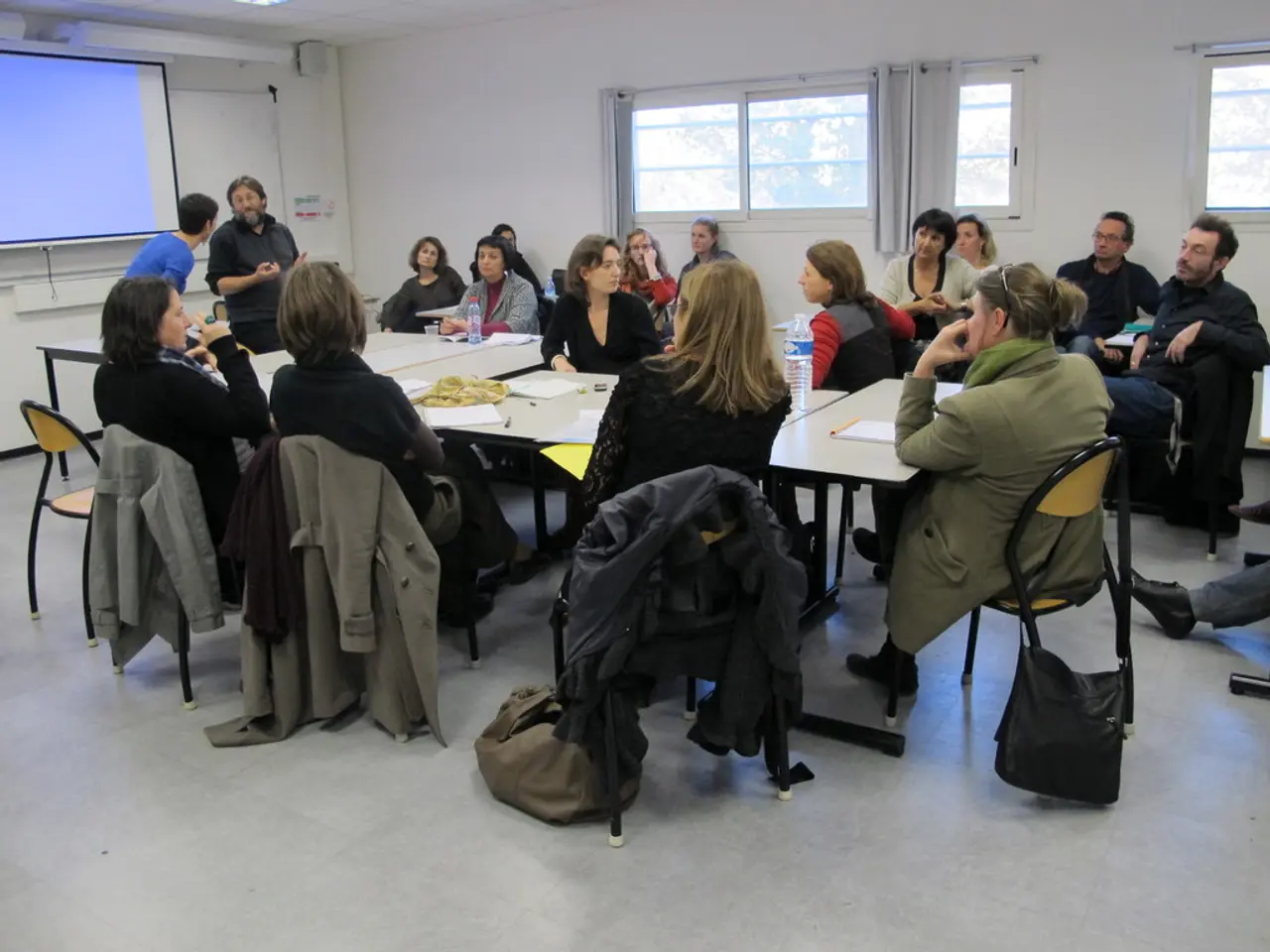Strategies for Informing Guardians about a Respect-Challenged Youth: A Handbook for Teachers, Caretakers, and Relatives
In dealing with disrespectful behavior in children, it's essential to approach the situation with a calm and collaborative mindset. By focusing on calm regulation, validation of emotions, clear boundaries, and consistent follow-up, we can effectively address the issue and foster a positive learning environment.
Start the conversation by highlighting the child's strengths and positive qualities. This approach creates a supportive atmosphere and helps the child feel valued. If defensiveness persists, suggest taking a break and revisiting the conversation at a later time, or involving another staff member to mediate the discussion.
When addressing disrespectful behavior, it's crucial to document instances objectively, specifically, and promptly. Documentation should include date, time, location, individuals involved, behavior description, context, consequences, and actions taken. This record provides a clear understanding of the behavior patterns and helps in tracking progress.
Ongoing communication and follow-up are essential to ensure that the agreed-upon strategies are being implemented and that the child is making progress. Regular communication with parents about the child's behavior going forward is important for tracking progress and making adjustments.
If there's a suspicion that the disrespectful behavior is a symptom of a larger underlying issue, involve relevant professionals for assessment and development of an individualized plan. Specific examples demonstrate that you're not just making generalizations and provide the parent with specific information to work with.
Empathy and understanding are important when addressing challenging behavior. Express your concerns about the child's behavior clearly and calmly using "I" statements. Acknowledge and praise the child's efforts to improve their behavior as positive reinforcement encourages positive change.
Collaborate on solutions, brainstorming strategies that can be implemented both at school/care and at home. Developing a unified front between school and home is key for the child's success. Consistency in communication ensures both parties are informed about the child's progress and challenges can be addressed promptly.
Preparation is key to a successful conversation. Thorough preparation involves choosing the right time and place, gathering specific examples, and planning the approach. When the parent becomes defensive or dismissive, remain calm and empathetic, acknowledging their feelings without backing down from the core issue.
Key strategies include leading with regulation, not reaction; validating the child's emotions while redirecting the behavior; responding with kindness and connection rather than retaliation; using minimal responses for minor disrespect; creating safe-space breaks; taking breaks yourself if overwhelmed; setting and enforcing clear expectations and consequences; and avoiding corporal or verbal punishment that causes emotional harm.
In summary, the most effective framework to handle disrespectful behavior is to regulate calmly, validate emotions, set clear boundaries, respond with connection rather than punishment, and provide safe spaces for emotional reset, all while maintaining consistent follow-up and modeling respectful communication.
Engaging in education-and-self-development and personal-growth through learning about effective communication strategies can help in dealing with disrespectful behavior in children. By fostering a positive learning environment by highlighting children's strengths, implementing consistent follow-up, and collaborating on solutions with both parents and relevant professionals, we can promote personal growth and aid in the development of respectful behavior.




